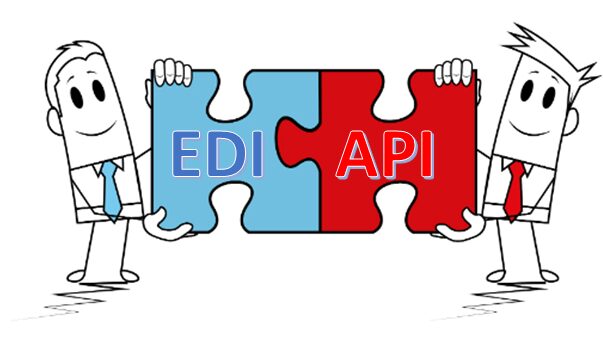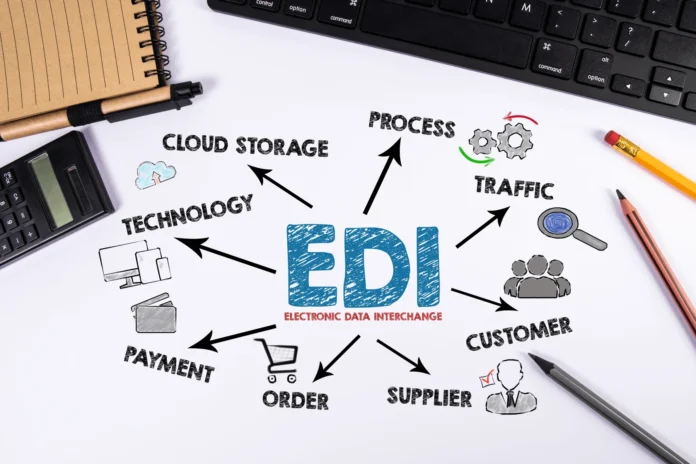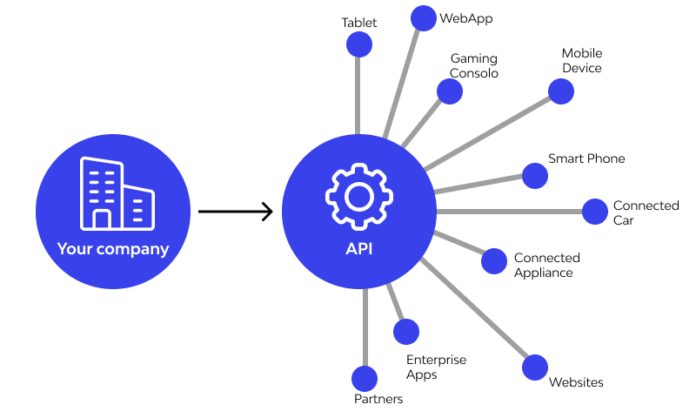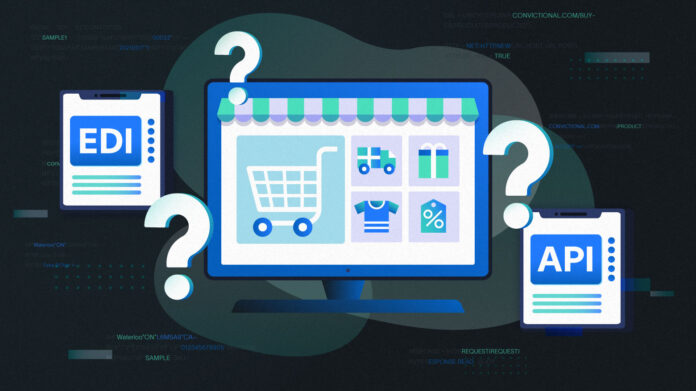Demand and supply chain management have various inclusions, including the advent of technology. You can see that technology has introduced various solutions designed for connectivity improvement in the entire logistics operation. During this, two things appear in the maximum sense: API and EDI integration.
When you are becoming a part of the world that is inclusive of big data, you will see that these two are the main systems that exist for their specialization in transmitting large amounts of data across companies, and partners, too.
EDI And API Similarities

If you talk about their similarity, you will see that they both are capable and reliable methods of achieving this goal. Majorly, they aim at fulfilling the same function, that is, to extract the data from two or more two recipients. Multiple industries use these protocols that help streamline the communication flow and fulfillment tasks of the routine through the cloud-based SaaS solutions offered by various platforms.
Differences Between EDI And API
Apart from the similarity, let’s discuss the differences between these protocols, followed by their pros and cons.
| Basis of Differentiation | API | EDI |
| Security standards | It might not be a suitable option to adhere to the compliance regulations. | It is a trusted solution for fulfilling the compliance regulations. |
| Size of the data | It is not intended for mass data. | It is capable of handling mass data. |
| Call pattern | Synchronous call for a real-time exchange. | Asynchronous call for batch exchange. |
| Other standards | It is not widespread and established standards. | The standards are set within the industry and region-specific options. |
| Costing | It is usually charged by document. | It is usually charged by kilo-character (KC) |
| On-boarding | The data layer for API implementation needs building. | The new partners, especially, the ones who are pre-connected to the network of the provider can be on-boarded without any issues. |
| Common use cases | Any real-time single request for information. connects to the API-enabled cloud applications. | The batch data conversions of bundled information from system-to-system. It connects to the external trading partners with the help of the VAN. |
All About EDI

EDI standardizes the data from large quantities of physical documents and processes it electronically. The transaction can be facilitated from physical tasks to a modern digital process.
These solutions work like a staple in the logistics industry, and there are many reasons behind them. The best part about them is that they help minimize labor and time. Also, they reduce the risks related to inaccurate data from illegible documents of writing being processed manually.
The pros are as follows:
● Security
The EDI protocol systems are known for their robust security and privacy settings. EDI works as a source for secure connections between two parties only. It allows each party to get and send information after the set-up stage. Users can control the information that is sent. Also, the data is protected so that the predefined authorized users can only access it.
● Easy Usage
It uses technology for streamlining data collection and transmission, and the specialists in the field are abundant. They are equipped to teach the users about the usage within some months.
● Accessibility
It is growing in popularity, and that is one of the reasons that various businesses and industries are looking for an opportunity to adopt this technology into their stream of functioning and businesses.
However, the cons are as follows:
● Limited Scope
It works like an open channel that stays between two parties only. Another EDI connection should be started if anyone wants to add more parties. Also, both parties have to accept the transmission guidelines, which can be a limiting factor.
● Outdated Technology
A major shortcoming of this technology is that it becomes outdated very quickly. EDI has a history of minimal updates; the revisions are after three decades of inception. It won’t be compatible with future technologies.
● Costing
It is on the expensive side. It is not cheap because it takes time to synchronize the systems and train employees.
All About API

It uses a cloud-based technology that allows the data to flow quickly between the systems. It works like real-time access to big data with promising results. The API streams connectivity to the cloud. It offers excellent flexibility, which is why it is majorly adopted across many industries and businesses.
The pros are as follows:
● Faster Data
It is a powerhouse when it comes to data accumulation, as it does not show any dependency on manual users for uploading documents. It uses IoT technology to connect to the systems and updates information and data once it becomes available.
● Simplicity
It simplifies the data transmission process and allows the users to gather data without feeling the need for customization. Also, API connects systems that are already in the right place.
● Compatibility With Future Technology
It is software that anticipates new technologies. Whenever any future technology rolls out, the API systems render support to them and become compatible for accelerating its capabilities and visibility among different supply chain stages.
However, some cons are discussed as follows:
● New Technology
It is a new technology, and there is a high chance that any new industry or company wants to switch to traditional software and not to the API.
● Lack Of Security
It derives its dependence on the web and is prone to hacking and data breaches. Hence, the systems can be compromised, too.
● Reliance On An Internet Connection
It relies on an internet connection, so there are high risks related to its connectivity. If there is any issue with a stable internet connection, interruptions can impact the systems connected to the API.
Businesses can think that investing in API can be advantageous because of its speed and connectivity over multiple systems. On the other hand, EDI continues to be the primary choice for data transmission. However, changes are bound to occur in the next decade. Hence, the final call is yours, and you can look at the pros and cons to gain the maximum benefit from them.

How IoT can help?
In the context of EDI integration, IoT can enhance the exchange of electronic documents between trading partners. By connecting IoT devices such as sensors, RFID tags, or smart machines to the EDI system, businesses can automate data capture and transmission. This enables real-time tracking of goods, inventory management, and improved supply chain visibility. With IoT-enabled EDI integration, businesses can streamline their operations, reduce errors, and enhance overall efficiency. To learn more about IoT technology click here.
Similarly, IoT can greatly augment API integration by providing a wealth of data from connected devices and systems. Through IoT devices, businesses can collect and analyze real-time data, enabling them to make informed decisions, optimize processes, and create innovative services. IoT devices can act as endpoints for APIs, facilitating seamless communication between different applications and systems. This integration allows for the creation of interactive and intelligent ecosystems, enabling businesses to offer personalized experiences and unlock new revenue streams.
Ultimately, whether choosing EDI integration or API integration, incorporating IoT capabilities can enhance connectivity, automation, and data exchange, enabling businesses to unlock the full potential of digital transformation.
Conclusion
These solutions are a great way to process the overall functioning. EDI has been in the game for 50 years, but there has not been any major technological change. API is a fresh technology and can be a better alternative for business conducting and trading. Hence, it would help if you considered all factors before making the final choice.









